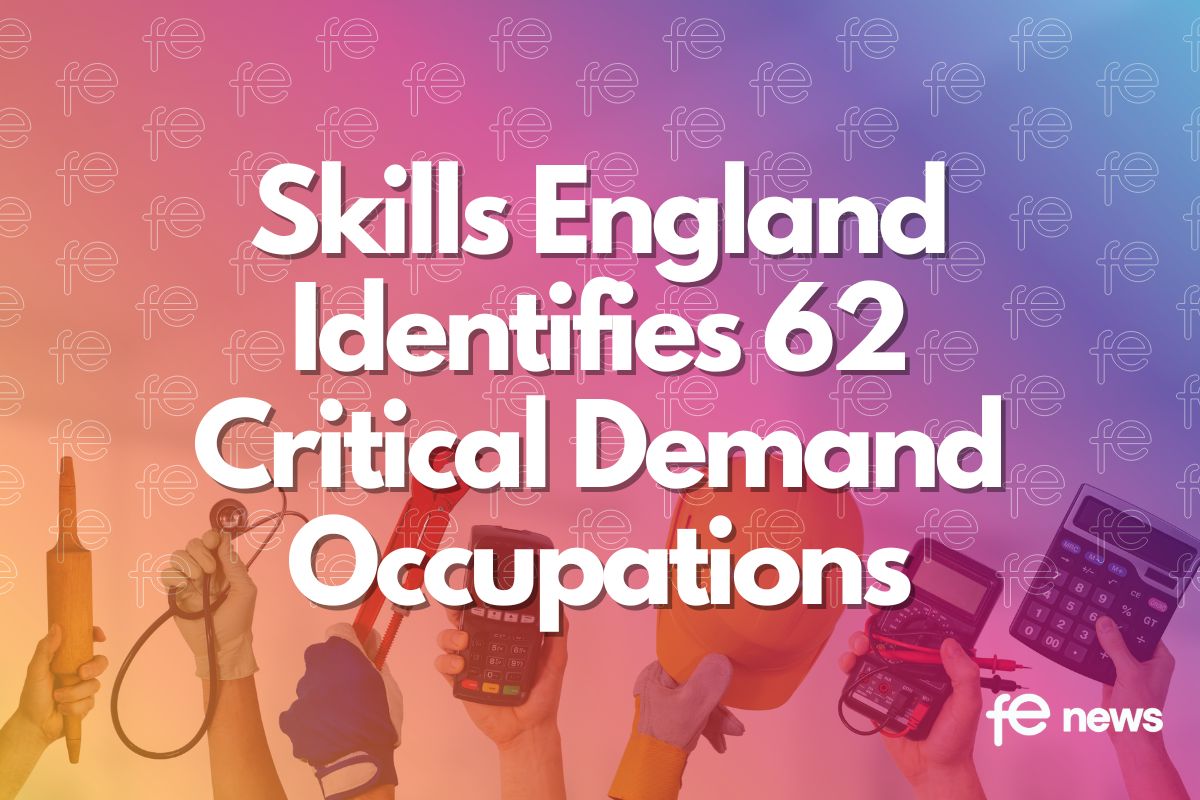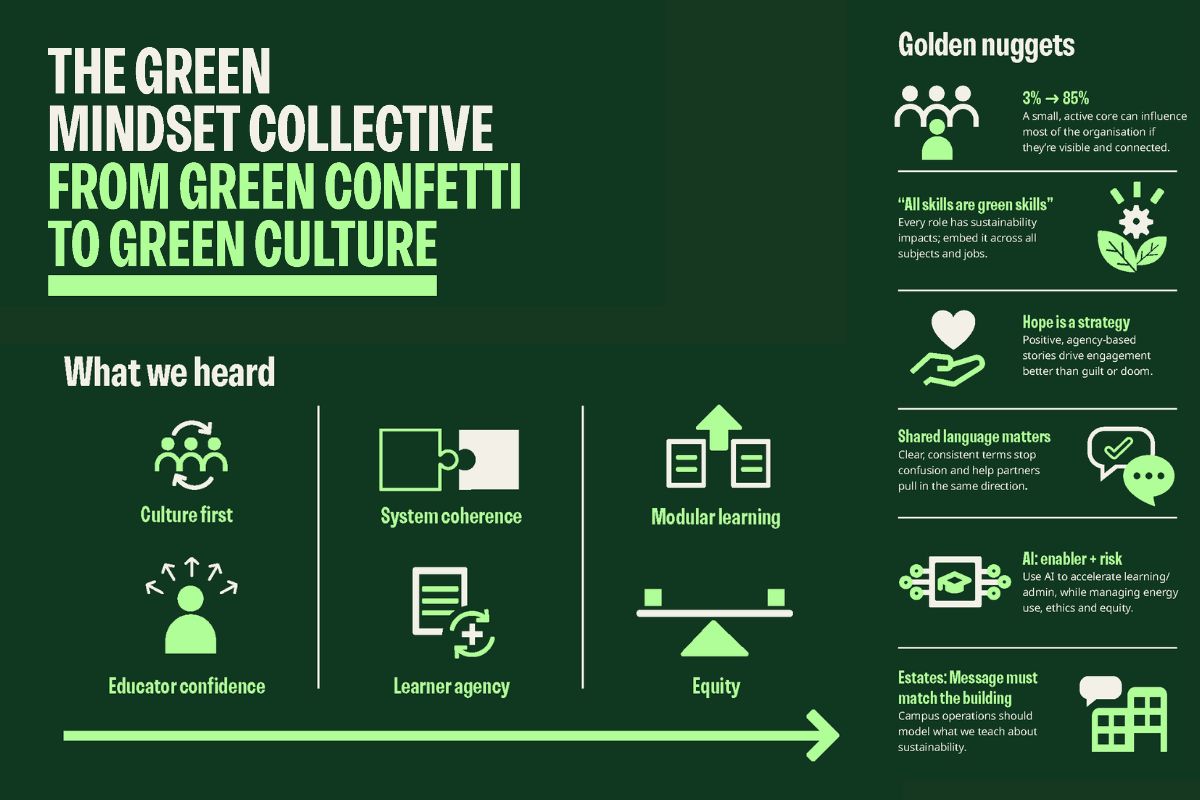The Rise of Incivility: A Silent Threat to Workplace Harmony

Incivility at work is not new, it may not even be on the rise, but something has changed. We are less accepting, quite rightly, and we are more willing to talk about the things that make us feel bad. Frankly, it’s about time.
Incivility directly impacts as much as 20% of workers and depending on which research you read, up to 90% of your workforce have witnessed it.
Incivility is often more prevalent in pressured environments, like education, healthcare, and the emergency services, and sometimes a little incivility is seen as part of the territory, especially from those using our services.
In reality, much of the incivility experienced at work comes from co-workers, your peers, leaders and team. When people already feel stressed, overwhelmed, or undervalued it is only a small step to taking it out on others.
It is pervasive, unpleasant, and left unchecked it becomes part of the cultural norm, making it harder to challenge behaviour or speak up if you are experiencing it. The result is that already potentially volatile environments start to feel unsafe for both staff and people using the services.
It’s important we get clear about what we are talking about here.
Incivility can be described as rude or discourteous behaviour, with little or no regard for others involved. The perpetrators may not intend harm, but they certainly cause it. It is not just the obvious things like loud, rude, or aggressive behaviour, it is insidious exposure to micro incivilities that take their toll on our teams.
Incivility quickly becomes part of local culture or banter, it undermines performance, trust, and perceived safety, and it comes in many guises.
These can be clustered into four categories:
Overt rudeness – raised voices, losing one’s temper, arguing, abusive supervision.
Covert incivility – eye rolling or dirty looks when people are talking, spreading rumour or gossip, invalidation of any sort, emotional manipulation, social undermining – like talking over people, dismissing views or concerns, or taking credit for others work.
Passive incivility – not paying attention, checking emails or phones during meetings or conversations, starting side conversations.
Silent sabotage – ignoring people, not responding verbally or online, withholding important information, repeatedly being late for meetings,
Incivility comes with a high price tag.
It immediately impacts performance, safety and trust. In the longer term, organisations might experience increased absenteeism and staff turnover, together with a reluctance to engage fully, express opinions or ideas, or even ask for help.
When someone is rude, we feel under threat, this in turn reduces our cognitive capacity by up to 61%,3 It literally makes us less capable.
Individuals experience increased levels of mental and physical ill health, burnout, and low morale job (and life) satisfaction.
By contrast, when respect and civility guide the workplace the likelihood of error reduces, stress decreases and productivity improves.1
Incivility is a social process
When people experience incivility, they can lose up to 80% of their time thinking about rudeness, they spend time avoiding the perpetrator, and 25% said they took it out on others, including service users.3
It’s not just those who are involved who are impacted – team members witnessing incivility, are also more likely to instigate incivility according to Holm et al.4 They are also less than 50% likely to help others and demonstrate around 20% reduction in performance.3
Service users are 66% less likely to engage with staff after observing incivility.
The spread is rapid, profound and it lasts.
Promoting respect, civility and kindness
The biggest impact on how we feel at work is made by those directly around us, this means that whether you are leading a team or you are part of a team your actions count.
Here are five ways to reduce incivility:
- Set the tone for what is acceptable by modelling the behaviour you want to see. People will copy what you do long before they do what you say.
- If you see incivility address it – privately if possible. Don’t make excuses for people or their behaviour, what you walk past you condone.
- Define what acceptable behaviour looks like, both with your people and through policy.
- Ensure people have access to education around what constitutes incivility.
- Involve people. Creating agency and ownership around civility enables local buy-in and policing of behaviour.
Finally, remember why you do what you do, when staff behaviour gets in the way of good education, people’s wellbeing, or your organisation’s reputation, the price of incivility is too high. If staff or students feel unable or unwilling to engage or worse, they are actively harmed by their environment we have failed them and our future leaders.
Tackling incivility takes courage and grit, and it is small, repeated actions that make the biggest difference, all of us have a part to play.
By Professor Lynda Holt, CEO, Health Service 360
Ref:
- https://www.cipd.org/globalassets/media/knowledge/knowledge-hub/evidence-reviews/bullying-and-incivility-at-work-evidence-review-scientific-summary_tcm18-107060.pdf
- Lynne M. Andersson and Christine M. Pearson. “Tit for Tat? The Spiraling Effect of Incivility in the Workplace.” The Academy of Management Review (First published: July 1999) DOI: 10.2307/259136
- The price of incivility. Christine Porath. https://www.ncbi.nlm.nih.gov/pubmed/23390745
- Holm, K., Torkelson, E., & Bäckström, M. (2019). Exploring links between witnessed and instigated workplace incivility. International Journal of Workplace Health Management.











Responses